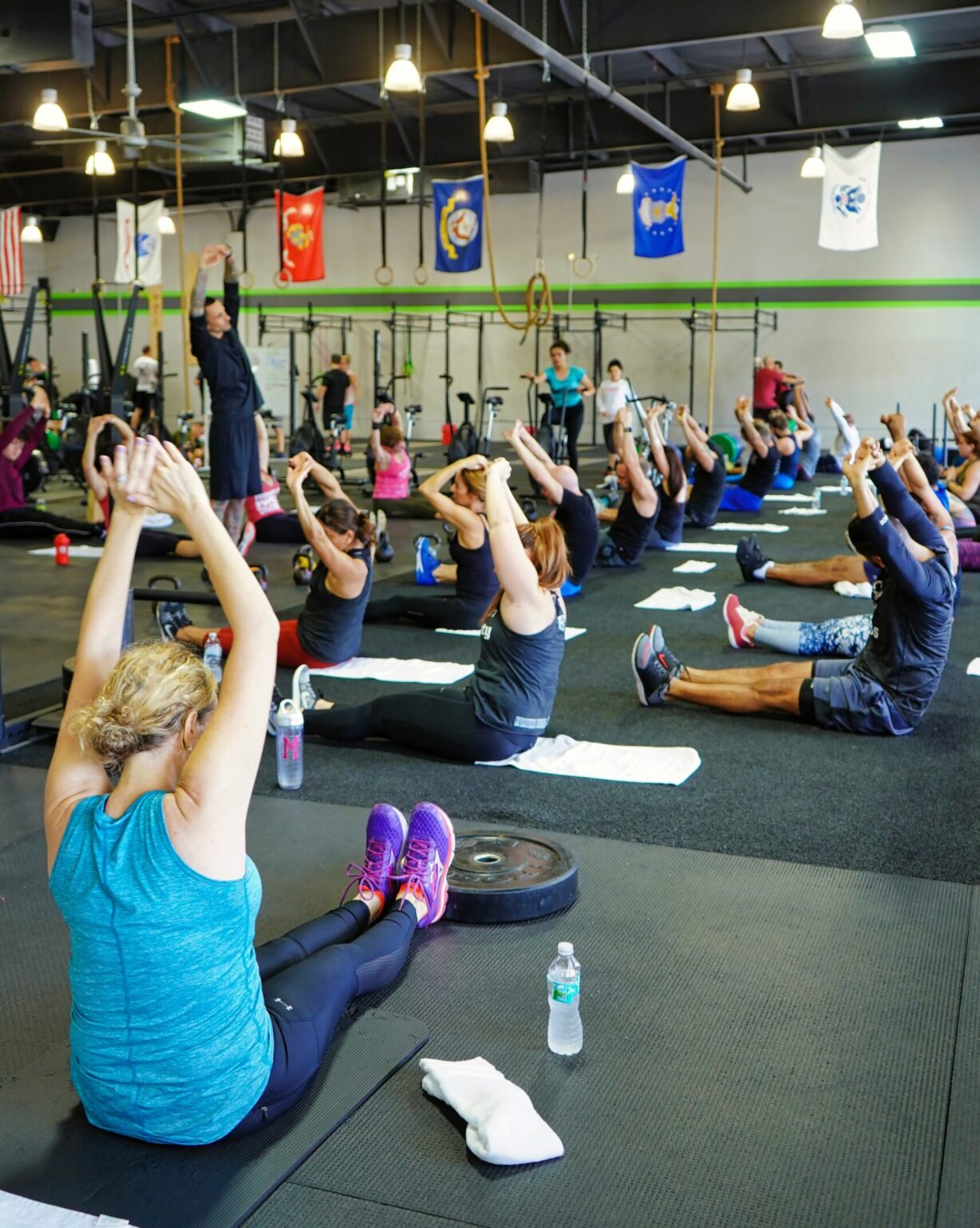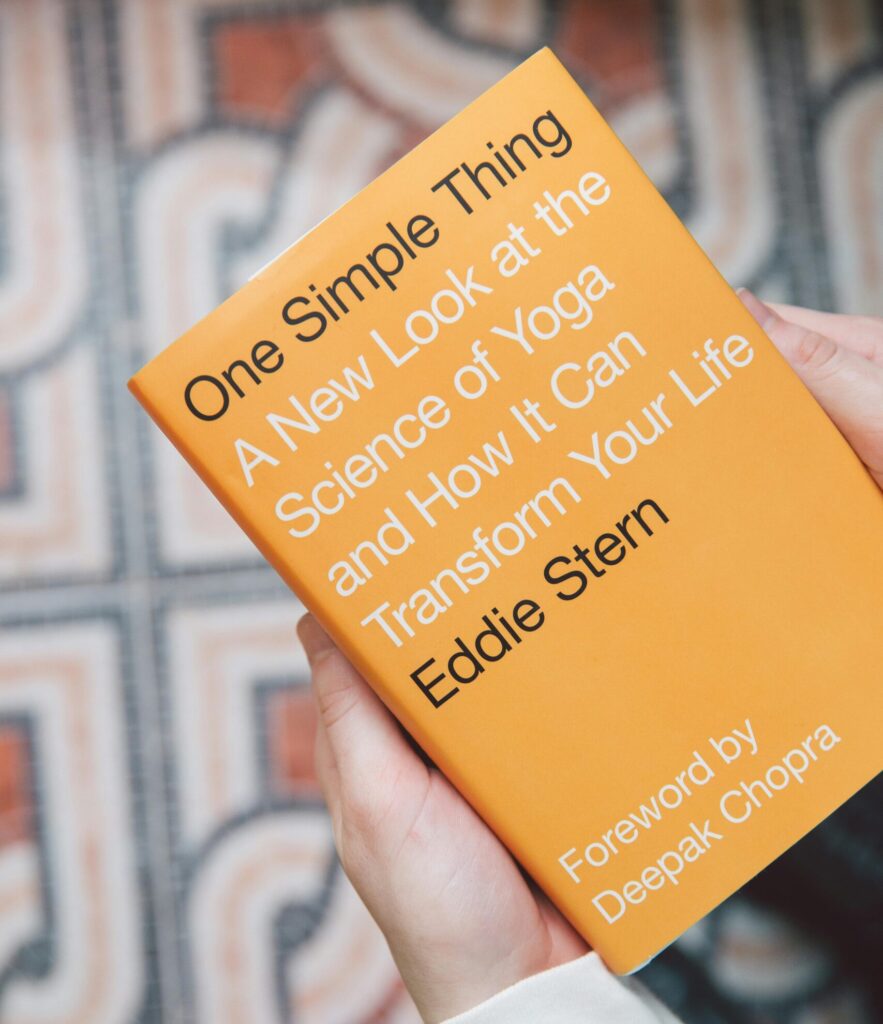Does Yoga Really Work? A Skeptic's Investigation
I thought it was just glorified stretching. Here’s what the science actually says, and what happened when i tested it myself.

By Daniel | October 19, 2025

My First Reaction…
When someone first suggested I try yoga for my chronic back pain and sleep issues, I’ll be honest, I laughed. As a blue collar worker, competitive weightlifter, and martial artist, the idea of “finding inner peace” through slow stretching seemed… soft. Ineffective. Not for me.
“Real athletes lift weights,” I thought. “They don’t sit cross-legged humming.”
Skeptical Doesn’t Even Cover It
Look, I’ve spent decades in high-intensity training. I’ve dealt with injuries, chronic pain, and the kind of physical demands that push your body to its absolute limits. When people suggested yoga could help with my constant back pain, tight shoulders, and terrible sleep, I was convinced it was just another wellness fad.
Yoga? That’s for flexible people who already feel good, right?
But here’s the thing, despite my athletic background, I was struggling. Badly. My back pain had become so constant that simple tasks like bending over to tie my shoes made me wince. I was averaging 4-5 hours of sleep on a good night. The brain fog was so thick I’d forget what I walked into a room for.
Traditional physical therapy wasn’t cutting it. Pain medication only masked the symptoms. And the thought of giving up the activities I loved, lifting, training and playing with my grandkids was crushing.
So when I kept hearing the same thing from people with similar issues, “yoga changed my life” I decided to actually investigate.
What I found absolutely shocked me.
The Reviews That Made Me Take Notice
As I started researching, I came across reviews that sounded eerily familiar, skeptics like me who’d tried yoga as a last resort:
“I’m a 52-year-old former college athlete. I thought yoga was a joke until my doctor basically ordered me to try it for my herniated disc. Three months later, I’m pain-free for the first time in five years. I can’t believe I wasted so much time being stubborn.”
And this one really caught my attention:
“Former powerlifter here. My back was so messed up I could barely walk some mornings. Started yoga thinking it would do nothing. After two months, my flexibility increased dramatically, my pain decreased by at least 70%, and I’m actually sleeping through the night. I tell all my gym buddies now, this isn’t ‘soft,’ this is smart training.”
Then there was this review from someone who actually tracked their progress:
“I was deeply skeptical but decided to give it a real try, three classes per week for 12 weeks. Tracked my back pain on a scale of 1-10 the whole time. Started at an 8. By week 12, I was at a 3. My sleep quality improved so much that my smart watch shows I’m getting 40% more deep sleep. The data doesn’t lie.”
These weren’t vague testimonials about “feeling centered.” They were specific, measurable improvements from people who started as skeptics.
The Science That Changed My Mind

Look, I’m not someone who buys into health claims without solid evidence. So I did what any skeptical researcher would do. I dove into the actual scientific studies. What I found was compelling, peer-reviewed research from legitimate medical institutions.
Here’s what the science actually shows:
Dramatic Reduction in Chronic Back Pain
Research shows that just 12 weeks of yoga practice can significantly reduce chronic lower back pain, with some studies showing improvements lasting up to 12 months after the program ended. We’re not talking about minor improvements. We’re talking about meaningful pain reduction that allows people to return to normal activities.
The mechanism makes sense: yoga strengthens muscle stability and reduces lower back pain by increasing hip and spinal flexibility. Your back pain isn’t just about one injured spot, it’s about how your entire body compensates for weaknesses and tightness.
Significant Stress and Anxiety Reduction
Multiple 2024 studies found that yoga significantly reduced feelings of stress and improved feelings of well-being. And this wasn’t just people “feeling better.” These were measurable changes in stress hormones and anxiety levels.
One study with women practicing hatha yoga showed depression, anxiety, and stress decreased significantly after just 12 sessions. Twelve sessions. That’s less than two months if you practice twice a week.
The science is clear: yoga shifts your nervous system from constant “fight-or-flight” mode to “rest-and-digest” mode. This is exactly what people with chronic pain and poor sleep need.
Better Sleep Quality
Here’s something that really got my attention: yoga combines breathing exercises, meditation, and poses that are proven to benefit mental and physical health, and one of the most consistent benefits reported is improved sleep.
When you reduce pain, lower stress hormones, and calm your nervous system, better sleep naturally follows. It’s not magic, it’s physiology.
Long-Term Health Benefits
Research shows that long-term yoga practice improves blood pressure and can help reduce hypertension. Some studies even found it can help reduce age-related cardiovascular deterioration.
Studies show that people with chronic inflammation reduced inflammation by nearly 50% after just 6 weeks of daily yoga. Think about that. A 50% reduction in systemic inflammation in six weeks.
Between the science and the overwhelming number of positive reviews from former skeptics, I was finally convinced to try it myself.
My Professional Testing Process
As a product researcher and someone who takes health seriously, I don’t just casually try things. I test them systematically. Here’s exactly how I approached yoga:
Phase 1: Research & Program Selection
I researched different yoga styles (Hatha, Vinyasa, Yin, etc.) and identified programs specifically designed for beginners with pain issues. I wasn’t about to jump into an advanced class and hurt myself worse.
Phase 2: Setting Baseline Metrics
I documented everything before starting:
- Pain levels (back, shoulders, legs) on a 1-10 scale
- Sleep hours per night (tracked with my fitness watch)
- Flexibility measurements (how far I could bend, reach, twist)
- Energy levels and mental clarity throughout the day
- Photos of my posture and range of motion
Phase 3: Committed Practice Schedule
I committed to three 45-minute sessions per week for 12 weeks. No skipping. No excuses. If I was going to test this properly, I needed to actually do it consistently.
Phase 4: Weekly Progress Tracking
Every week, I re-measured everything:
- Pain levels
- Sleep quality and duration
- Flexibility improvements
- How I felt during daily activities
- Any changes in mood or energy
Phase 5: Mid-Point and Final Evaluation
At 6 weeks and 12 weeks, I did comprehensive assessments to compare against my baseline.
This wasn’t just “I tried yoga and felt better.” This was a data-driven, systematic evaluation.
My Personal Test: From Doubter to Believer
I’ll admit – I felt ridiculous the first time I unrolled a yoga mat in my living room. Here I was, a guy who could deadlift 400+ pounds, about to attempt “downward dog.”
My Amazing Wife Joins the Experiment
My wife, who’s endured countless product tests over our 21 years together, decided to join me. While she’s always been more open to trying new things than I am, she had her own issues. Chronic shoulder tension from years at a desk job and occasional hip pain that made certain movements uncomfortable.
She figured if nothing else, it would be quality time together. (She’s patient like that.)
Here’s What Actually Happened…
Week 1: Humbling Reality Check
I could barely hold most poses. My hamstrings were so tight I couldn’t touch my knees, let alone my toes. My balance was embarrassing, I wobbled like a toddler. My wife did better than me, which I definitely didn’t mention at the time.
Pain levels? Still the same. Sleep? No change. I was already thinking, “I knew this wouldn’t work.”
Week 2-3: Subtle Shifts
Something strange started happening. I could reach a little further in certain stretches. My morning stiffness wasn’t quite as severe. I was falling asleep maybe 10 minutes faster than usual.
Were these real changes or was I imagining things? I kept telling myself not to read too much into it.
Week 4-6: The Breakthrough
This is where everything started to change. My back pain, which I’d rated as a consistent 7-8 out of 10, had dropped to around a 5. I could get out of bed in the morning without that initial grimace.
More importantly, I was sleeping 6-7 hours instead of 4-5. My fitness tracker confirmed it. I was getting significantly more deep sleep.
My wife noticed changes too. Her shoulder tension had decreased noticeably, and she could move her neck through a fuller range of motion without discomfort.
Week 7-12: Complete Transformation
By week 12, I had to admit what the data was clearly showing:
- Back pain had dropped from 7-8/10 to 2-3/10
- Sleep increased from 4-5 hours to around 7 hours consistently
- I could touch my toes for the first time since my 20s
- The constant brain fog had lifted
- I had more energy for daily activities and playing with my grandkids
But here’s what really convinced me this was real: I could do things I’d given up on. I could bend down to pick up my granddaughter without bracing myself. I could work on projects in the garage without needing to lie down afterward. I could go for walks without my back seizing up.
The Most Surprising Discovery
The biggest shock? How much my mood improved. I didn’t realize how much constant pain and exhaustion had made me irritable and short-tempered. My wife commented multiple times that I was “back to myself”, more patient, more engaged, more present.
She experienced similar changes. Her chronic shoulder tension was nearly gone, her hip mobility had improved dramatically, and she felt more relaxed in general.
So, to sum it up…
I (very reluctantly) have to say (to my genuine surprise!),
“Yes, yoga really does work!”
If you’re interested, we’ve made a Top 3 Best Yoga Mats of 2025 guide to help you get started with the right equipment. (PS: Number 2 is perfect for beginners with built-in guidance lines to help you with proper positioning!)
Don’t let chronic pain, poor sleep, and limited mobility control your life any longer. But make sure you choose a yoga mat that will actually support your practice and deliver the benefits you’re looking for